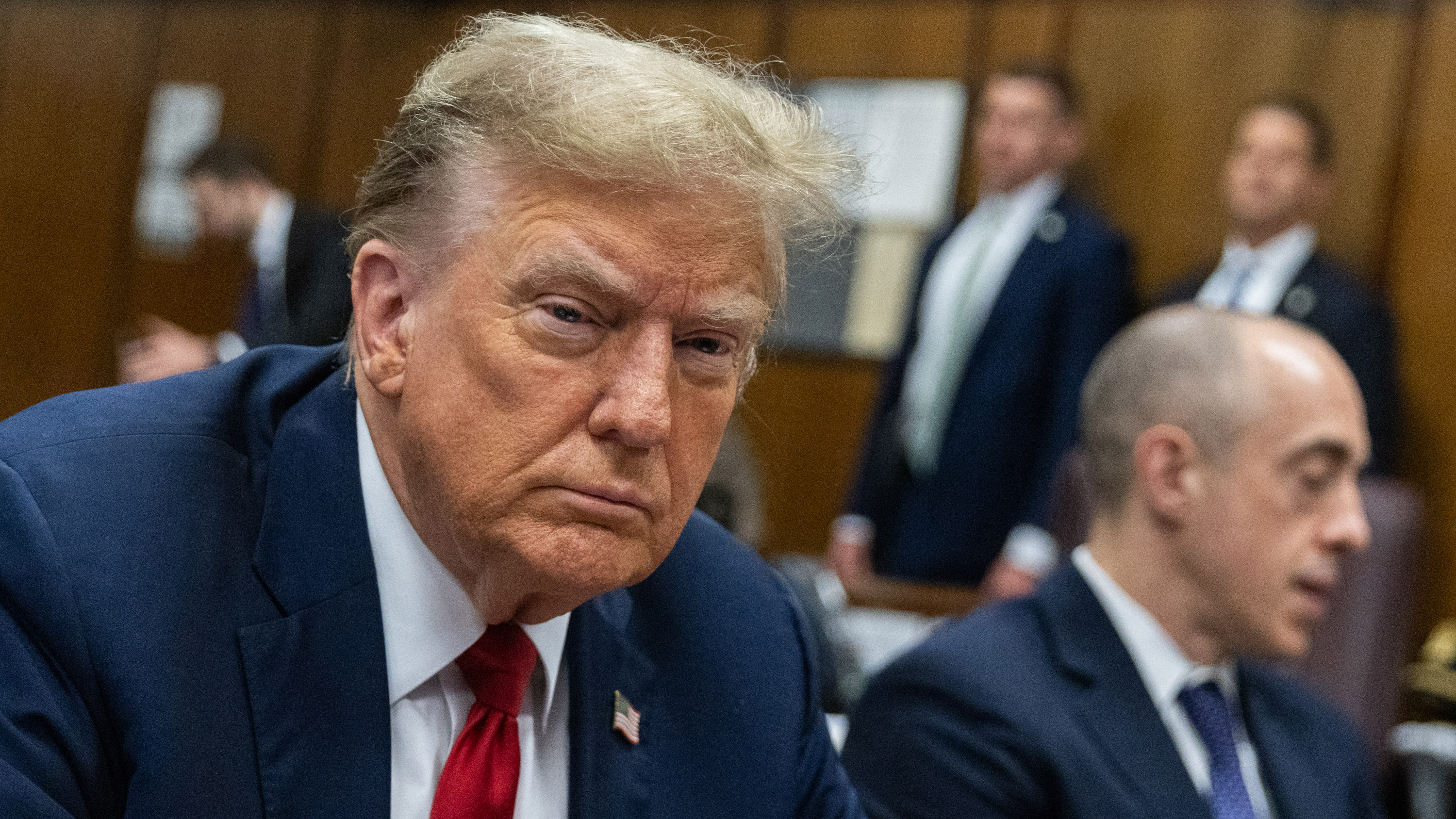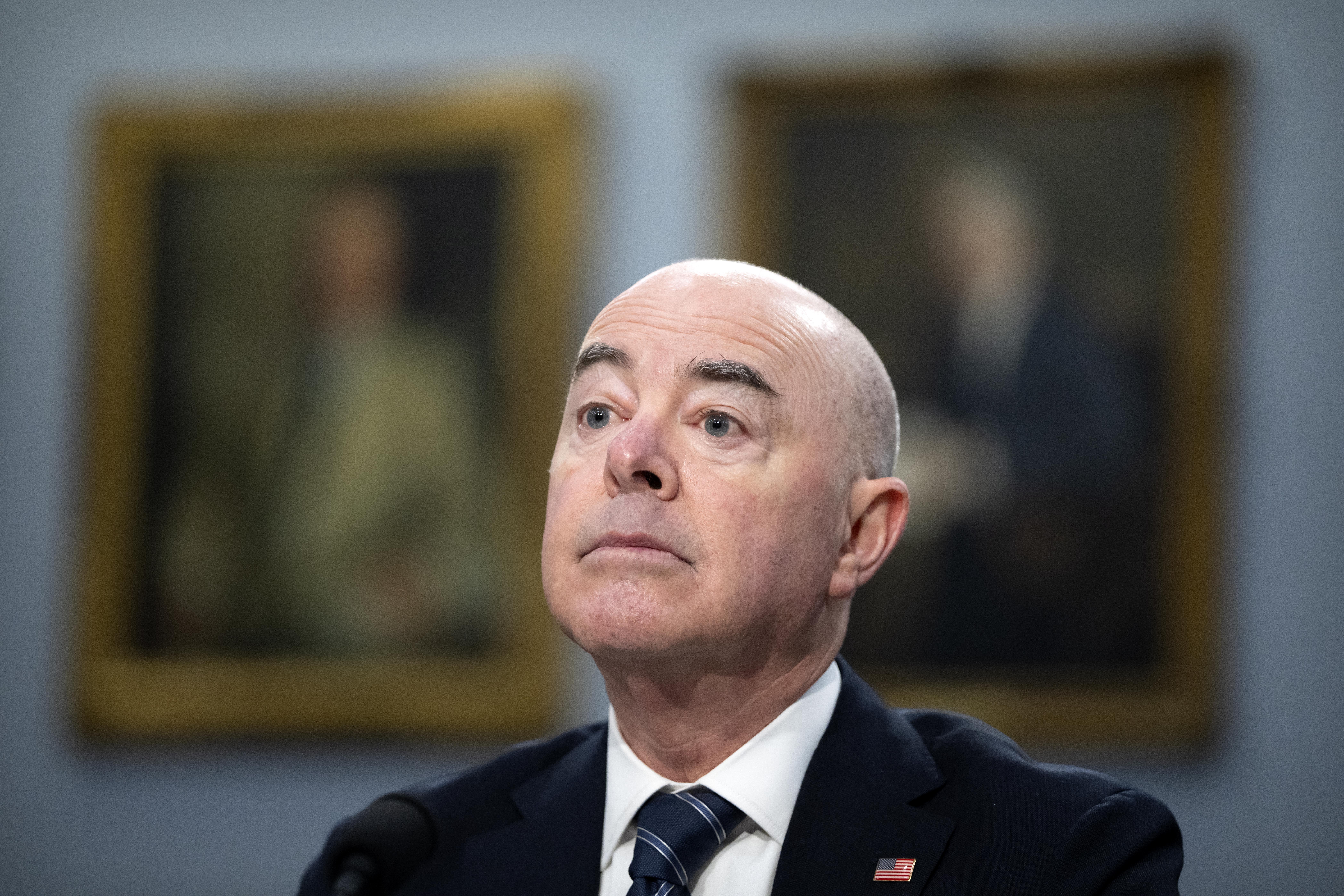Virgin Galactic unveiled its new tourism space plane Friday, more than a year after the midair crash in the Southern California desert that killed a project test pilot.
The second SpaceShipTwo is expected to begin test flights in a few months.
The unveiling at a Mojave Air & Space Port hangar in the Mojave Desert marked a milestone on the road back for the SpaceShipTwo project, which had been under development for years before the 2014 test flight crash about 90 miles northeast of Los Angeles. SpaceShipTwo is designed to be flown by a crew of two and carry up to six passengers on a high-speed suborbital flight to the fringes of space.
"Together, we can make space accessible in a way that has only been dreamed of before now, and by doing so can bring positive change to life on Earth," said Virgin Galactic founder Sir Richard Branson. "Our beautiful new spaceship ... is the embodiment of that goal and will provide us with an unprecedented body of experience which will in turn lay the foundations for Virgin Galactic's future. Her creation is also great testament to what can be achieved when true teamwork, great skill and deep pride are combined with a common purpose."
Famed physicist and author Stephen Hawking named the new vehicle Virgin Spaceship (VSS) Unity. Health issues prevented Hawking from attending the rollout, but those gathered in the hangar for the ceremony heard a recorded message from his voice synthesizer.
"I would be very proud to fly on this spaceship," Hawking said.
The christening was done, not with the traditional bottle of Champagne, but with a baby bottle of milk in honor of Branson's 1-year-old granddaughter.
U.S. & World
During the ceremony, test pilot Michael Alsbury was remembered.
"Hardly a day goes by when I don't think of Mike Alsbury and his family," said Doug Shane, president of The Spaceship Company that built Unity. "I know he believed in this mission."
Branson told The Associated Press that he briefly wondered whether it was worth continuing the space tourism program following the October 2014 crash. Engineers, astronauts and members of the public helped convince him that space travel is too important to give up on, he said.
Human error and a lack of safeguards were cited as factors in the midair breakup of the space plane. The craft's braking system was unlocked early, according to federal safety investigators, triggering a process that created aerodynamic forces that caused the brakes to actually be applied after it was released as planned from its mother ship at about 50,000 feet without any further action by the crew, investigators told the National Transportation Safety Board last year.
Investigators said no safeguards were built into system to overcome the error of the co-pilot. The accident killed the co-pilot and seriously injured the pilot, who told investigators he was thrown clear of the disintegrating aircraft in midair and was not aware that the breaking system had been prematurely unlocked.
The project suffered previous setbacks. In 2007, an explosion killed three people on the ground and critically injured three others during a ground test in the development of a rocket engine.
Construction of Virgin Spaceship Unity was already underway when the test flight disaster occurred. A safety measure has been engineered to prevent a recurrence.
"We put in a feature to prevent a pilot from taking an action when it's not safe to do so," said Mike Moses, operations vice president for Virgin Galactic.
Eventually, the company envisions flights with six passengers climbing more than 62 miles above Earth. During acceleration and deceleration, they will experience forces three times as powerful as gravity. It is intended that for approximately four minutes near peak altitude, passengers will experience weightlessness, and be allowed to unbuckle their safety belts and float inside the cabin.
Before then, the new spaceship will be put through a battery of ground-base tests. Eventually, its mother ship WhiteKnightTwo will carry it into the skies. The system is designed to release and launch the spaceship at an altitude of 45,000 feet. There will be unpowered glide tests, before rocket-powered tests, then supersonic tests at higher altitudes.
The company did not project a timeline for actually carrying space tourists, but stressed in a statement Thursday its commitment to testing from the level of individual parts on up to the complete craft.
"Our team's job is to plan out not just the obvious tests but also the strange and inventive ones, to conduct those tests, and to use the data from those tests to re-examine everything about our vehicle to ensure we can take the next step forward," according to the statement.
SpaceShipTwo is the successor to SpaceShipOne, the winged rocket plane that won the $10 million Ansari X Prize in 2004 by demonstrating a reusable spacecraft capable of carrying three people could make two flights within two weeks to at an altitude of least 62 miles. The prize announced in 1996 was intended to spur the development of private manned spaceflight in the same way the Orteig Prize offered in 1919 fostered trans-Atlantic aviation. Charles Lindbergh won that prize with his nonstop flight from New York to Paris in 1927.
Like SpaceShipOne, SpaceShipTwo is carried aloft beneath the wing of a mother ship — a special jet aircraft. After gliding for a few moments, SpaceShipTwo's pilots ignite the rocket engine to send the craft hurtling toward space. After reaching the top of its suborbital trajectory, the spacecraft begins falling back toward Earth and glides to a landing on a runway.



